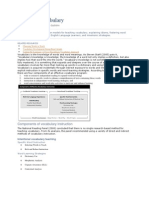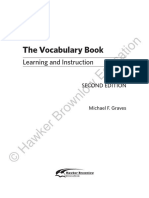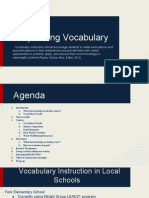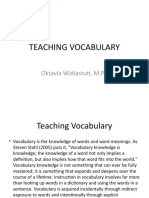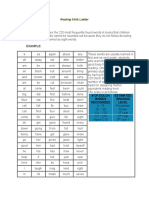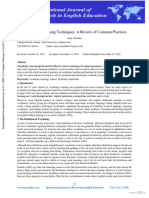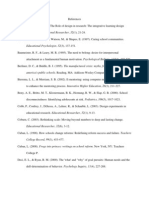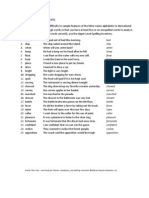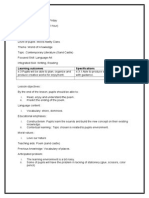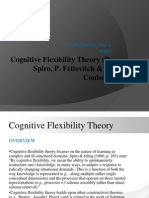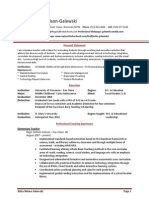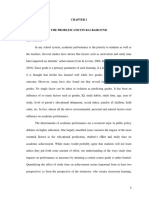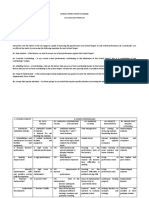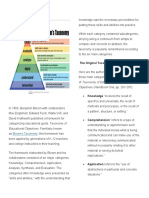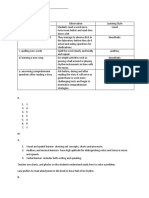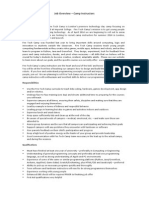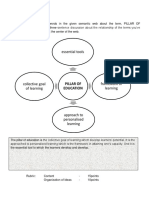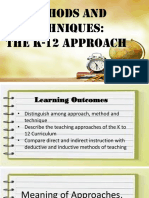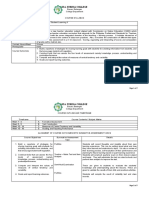0% found this document useful (0 votes)
110 views15 pagesVocabulary Instruction: Wake Robin Elementary August 13, 2010
This document discusses vocabulary instruction. It explains that vocabulary instruction involves direct instruction of keywords and word learning strategies, extensive reading to expose students to new vocabulary, and creating an environment of word curiosity. Students need multiple exposures and engagement to learn new words. Vocabulary plays a critical role in reading and learning, but students do not learn vocabulary based solely on their grade level. Both indirect learning through conversations and direct instruction are important for vocabulary development.
Uploaded by
kingsley4Copyright
© Attribution Non-Commercial (BY-NC)
We take content rights seriously. If you suspect this is your content, claim it here.
Available Formats
Download as PPTX, PDF, TXT or read online on Scribd
0% found this document useful (0 votes)
110 views15 pagesVocabulary Instruction: Wake Robin Elementary August 13, 2010
This document discusses vocabulary instruction. It explains that vocabulary instruction involves direct instruction of keywords and word learning strategies, extensive reading to expose students to new vocabulary, and creating an environment of word curiosity. Students need multiple exposures and engagement to learn new words. Vocabulary plays a critical role in reading and learning, but students do not learn vocabulary based solely on their grade level. Both indirect learning through conversations and direct instruction are important for vocabulary development.
Uploaded by
kingsley4Copyright
© Attribution Non-Commercial (BY-NC)
We take content rights seriously. If you suspect this is your content, claim it here.
Available Formats
Download as PPTX, PDF, TXT or read online on Scribd
/ 15










